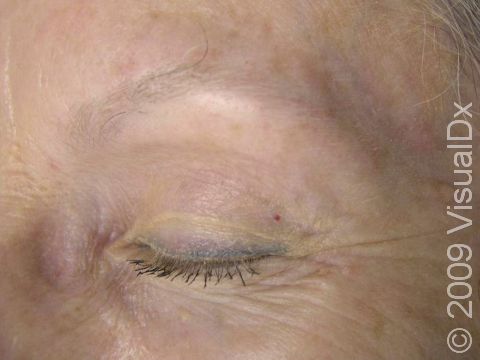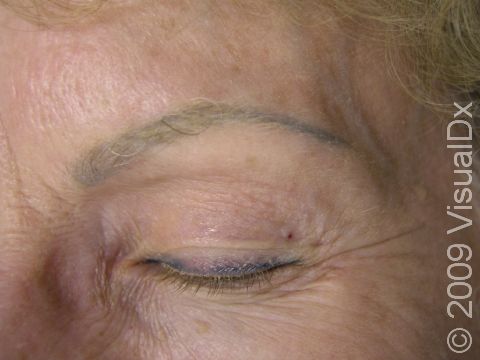Tattoo Removal, Laser
While there are a variety of methods of removing tattoos, laser tattoo removal with the latest technology, ideally performed by a board-certified dermatologist, offers the best option to partially or fully remove a tattoo with little risk of scarring.
Removal of a tattoo by laser is accomplished by matching the tattoo color with a precise beam of laser light tuned to the tattoo pigment. With the use of the laser, the tattoo ink is superheated very quickly, causing the ink to break down into smaller pieces. Once the ink is in small enough pieces, your immune system gradually removes the ink. As a result, most laser tattoo removal is a slow process, requiring multiple sessions to fully remove the ink trapped in your skin.
Predicting how many sessions a particular tattoo will require is difficult. Amateur tattoos are the easiest to remove because they contain little ink. Deeply colored professional tattoos can be much more difficult to remove, often requiring several (sometimes more than 10) treatments. Some colors respond to only certain types of laser energy, so for the best results, matching the right laser to the type of ink is important. Black, dark blue, and dark green are the easiest colors to remove, while yellow, white, orange, and red are considered the hardest colors to remove.
Note that the US Food and Drug Administration (FDA) does not recommend any at-home tattoo removal products. Further, the FDA warns that such products can damage your skin.
What to Expect During Your Visit
Prior to a laser tattoo removal session, avoid sun exposure in the area to be treated.
In the office, a topical anesthetic may be applied to numb the area 45-90 minutes before treatment, and then the skin is cleansed. The medical professional will hold the laser handpiece over the tattoo and repeatedly pulse with laser light until the entire area is treated.
The laser treatment itself may be painful if not numbed. Some people compare the pain of laser tattoo removal to being snapped repeatedly by a rubber band.
What to Expect After Your Visit
After treatment, the skin is temporarily swollen and sometimes lighter than the surrounding skin. There may also be pinpoint bleeding, redness, and the area may feel tender.
Follow-Up Care
To promote proper healing, follow your medical professional’s instructions after laser tattoo removal. This may include practicing gentle skin care, such as washing the area, applying a topical antibiotic ointment, and covering the area with a clean bandage daily until healed. While healing, it is also important to take measures to protect the treated area from the sun:
- Use a broad-spectrum sunblock (one that protects against both UVA and UVB rays) with SPF of 30 or higher daily, and reapply periodically if in the sun, or
- Wear a protective bandage or dark clothing with a tight weave over the treated area to block sun exposure.
Risks and Potential Side Effects
Following laser tattoo removal, the area will often be tender and may appear red for a couple days. For several months, the treated area may appear darker or lighter than the surrounding skin.
Additional risks of laser tattoo removal include:
- Scarring.
- Longer-lasting skin darkening or lightening at the location of the tattoo removal.
- Only partial removal of the tattoo. (This is especially common if only one type of laser is used and there are ink colors in the tattoo that are not removed by that type of laser.)
- Skin texture changes.
- Blistering and burning.
When to Seek Medical Care
See your medical professional if you have follow-up laser tattoo removal appointments. Typically, 6 weeks of healing time is recommended between each tattoo removal session.
Also see your medical professional following laser tattoo removal if you notice:
- Signs of infection (such as pain, spreading redness, or fever).
- Ineffective results from your tattoo removal.
References
American Academy of Dermatology Association. Tattoo removal: lasers outshine other methods. AAD. https://www.aad.org/public/cosmetic/hair-removal/laser-tattoo-removal. Updated 2023 Nov 28. Accessed 2024 Apr 23.
Hobbs LM, Ginn LR, Lu Z. Laser treatments. In: Taylor S, Kelly AP, Lim H, Serrano AM. Taylor and Kelly’s Dermatology for Skin of Color. 2nd ed. New York, NY: McGraw-Hill Education; 2016.
US Food and Drug Administration. Tattoo removal: options and results. U.S. Food and Drug Administration. https://www.fda.gov/consumers/consumer-updates/tattoo-removal-options-and-results. Updated 2023 Aug 03. Accessed 2024 Apr 23.
Last modified on June 24th, 2024 at 2:12 pm

Not sure what to look for?
Try our new Rash and Skin Condition Finder

